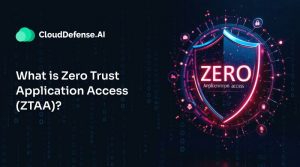Choosing the best Static Application Security Testing (SAST) tool can be overwhelming, with so many options available. To help you navigate this, we’ve compiled a list of the best SAST tools, drawing from extensive experience and analysis, that simplify your decision-making process and help you choose the best tool to enhance your application security.
Let’s get started!
What are SAST tools?
SAST tools are modern security solutions designed to analyze source code or binary files for security vulnerabilities without executing the program.
They examine the code at rest, identifying potential security flaws such as coding errors, insecure coding practices, and compliance issues early in the development process. This way, developers can fix vulnerabilities before the software is deployed, thereby improving the overall security posture of applications.
An advanced SAST platform enhances this process by enabling users to define specific policies regarding the build status. For instance, you can set a threshold where the build should fail if your application contains more than 10 critical vulnerabilities.
Also, these tools can highlight abandoned security keys or access keys, ensuring that no outdated or unused credentials pose a risk to your application’s security. This proactive approach helps maintain an ideal security framework throughout the software development lifecycle.
How to choose the best SAST tool?
By now, you should be aware of the importance of SAST tools in your organization to enhance the overall security posture of your applications.
However, it is quite a daunting task to pick the best one for your enterprise, considering the wide range of options that the market has to offer. Based on extensive research, we have picked some key features for you that you should check in an SAST solution before getting one.
Comprehensive Language Support
Make sure the SAST tool you choose supports the programming languages your team uses. Having good language coverage is key for thorough analysis across all your code. If a tool doesn’t support your primary languages, it could miss critical issues or lead to incomplete scans.
Adheres to Security Best Practices
SAST tools check the code against established security best practices and coding standards. They identify deviations from these standards, helping developers adhere to secure coding practices.
Vulnerability Identification
SAST tools can identify a range of vulnerabilities, including but not limited to code injection, insecure dependencies, cryptographic issues, and other common security flaws.
Automated Remediation
Choose a SAST tool that offers automated remediation options. This feature can suggest or even implement fixes for detected vulnerabilities, saving time and reducing manual effort for developers.
Integration with Development Workflow
The tool should seamlessly integrate with your existing development environments, CI/CD pipelines, and team management tools like Jira to ensure smooth workflows and effective collaboration.
False Positive Reduction
SAST tools often provide mechanisms to manage false positives, allowing developers to focus on genuine security issues and reduce the noise generated by the tool.
Advanced Reporting and Analytics
Look for robust reporting features that provide actionable insights, prioritize vulnerabilities based on risk, and support compliance requirements.
Top 10 Best SAST Tools in 2025
There are a ton of SAST tools available on the market offered by some very well-known SAST vendors. It can be difficult for the best of us to pick the right one that can easily integrate itself with our existing systems.
All the tools mentioned on this list have been picked based on the key principles mentioned above.
1. CloudDefense.AI

CloudDefense.AI 
World’s Top CNAPP that Secures from Hacker Recon to Cloud to Your Code
CloudDefense.AI is a top-notch CNAPP that follows all the recommendations Gartner has laid down. CloudDefense.AI’s SAST solution makes it easy to build collaboration between multiple teams and create a secure development environment for your software.
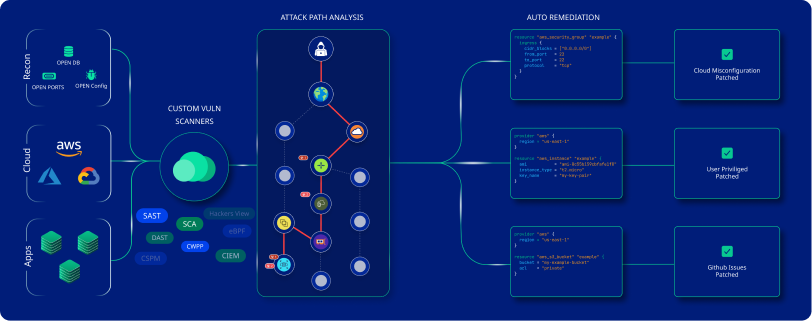
Features
Deeper SAST Analysis
CloudDefense.AI stands out by digging deeper into code with advanced analysis. Unlike traditional tools, it thoroughly examines both application and library code, revealing hidden vulnerabilities that might otherwise go unnoticed.
Multiple Language Support
CloudDefense.AI's SAST tool boasts extensive language support, ensuring complete security analysis for 20 programming languages.
The supported languages include:
C,
C++, Docker,
.NET,
Go,
Java,
JavaGradle,
JavaMaven,
Kotlin,
Kubernetes,
JavaScript,
Objective-C,
PHP,
Python,
Ruby,
Rust, Secrets,
Terraform.
Automated Remediation
CloudDefense.AI doesn't just find issues; it fixes them for you. With Automated Remediation, it suggests precise code fixes for vulnerabilities. Approve changes effortlessly, speeding up the process and letting you focus on building, not fixing.
Early Detection, Easy Integration
Discover vulnerabilities in real-time before your code even hits production. CloudDefense.AI scales effortlessly across languages and integrates seamlessly into your existing setup. It's the all-in-one security suite that fits right into your development workflow.
Automated Code Scanning
CloudDefense.AI's automated scanning takes the manual effort out of security. It rapidly scans large volumes of code, saving time and costs. By automating the process, it enhances security, identifies issues early, and provides actionable insights for continuous improvement.
Compliance Made Simple
CloudDefense.AI doesn't just keep your code secure; it keeps your auditors happy too. Detailed reports ensure compliance with industry standards like OWASP and CWE. Plus, it speaks the language of developers, making security collaboration a breeze. Proactive security enhancement is just the cherry on top.
Comprehensive Reporting
With CloudDefense.AI, you gain access to in-depth reporting that highlights vulnerabilities and provides actionable insights. These reports help you track security metrics over time, making it easier to manage security initiatives and ensure accountability.
Continuous Scanning
CloudDefense.AI supports continuous scanning, allowing for ongoing monitoring of your codebase. This means that as your code evolves, potential vulnerabilities are detected in real-time, ensuring that security is always a priority throughout the development lifecycle.
Better Management
Streamline security management with CloudDefense.AI’s features designed for efficiency. The tool integrates with popular management platforms like Jira and ServiceNow, enabling teams to track vulnerabilities as tasks, facilitating better workflow management and accountability.
Pros

Easily integrates with your existing infrastructure and security tools.

User-friendly interface that’s easy to navigate, even for non-technical staff.

Offers multiple security tools on the same platform, providing complete coverage from a single solution.

Excellent aftersales service with prompt responses.

Provides auto remediations to fix security issues in your code.

Delivers top-notch security without slowing down your operations.

Advanced security features at a cost-effective price.
Cons

It can be complex at first, but easier to use after.
2. GitHub
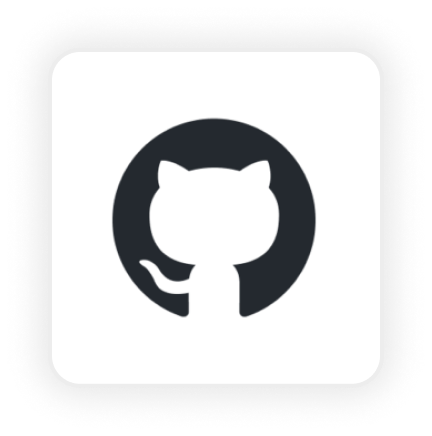
GitHub 
2nd Easiest To Use in Static Application Security Testing (SAST) software
GitHub, a platform used for code collaboration, has gone way beyond code repository hosting. Its security features have begun to empower developers to identify and fix security issues in real time. GitHub offers free and tiered accounts, and while advanced security features are billable for enterprise accounts, they remain free for public repositories.
Pros

Allows scheduling code scanning during pull or push requests for efficient code review.

Offers personal, organizational, and enterprise account tiers with varied features.

Free for public repositories, while advanced security features are billable for enterprise accounts.
Cons

Advanced security features require a license for enterprise accounts.

Billing is primarily per-user for GitHub Team and GitHub Enterprise.

Additional enterprise features may require reaching out to GitHub’s sales team for pricing quotes.
3. SonarQube
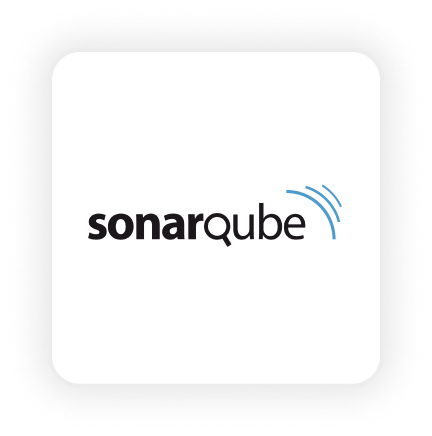
SonarQube 
3rd Easiest To Use in Static Application Security Testing (SAST) software
SonarQube goes beyond mere bug and vulnerability detection. Its community edition provides useful features, including code smell tracking, technical debt reviews, and comprehensive code quality metrics. SonarQube enhances code quality history and allows real-time IDE notifications for injection flaws.
Pros

SonarQube offers a free community edition, making it accessible for developers looking to enhance code quality without added costs.

The tool provides real-time IDE notifications, ensuring developers are promptly informed about potential issues during the coding process.
Cons

While supporting an extensive range of languages, there might be niche languages that SonarQube does not cover.

The on-premises delivery model might require additional setup and maintenance compared to cloud-based solutions.
4. Veracode
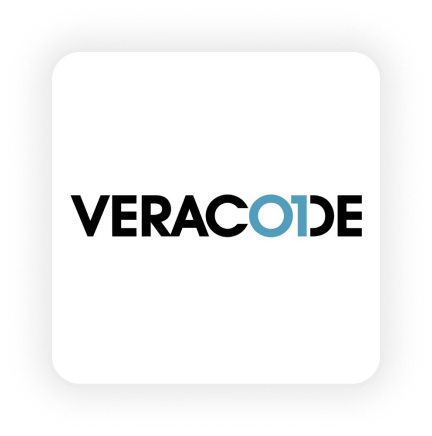
Veracode 
4th Easiest To Use in Static Application Security Testing (SAST) software
Veracode offers automated security feedback that is seamlessly integrated into CI/CD pipelines and IDEs. Boasting a robust suite of features, it covers software composition analysis, security management, audit trail, and comprehensive reporting.
Pros

Veracode integrates with a wide array of CI/CD tools, promoting a cohesive development and security ecosystem.

Automated CI/CD pipeline feedback enables early identification and resolution of security issues.
Cons

Veracode's robust feature set may come with a higher cost, which could be a consideration for smaller teams or organizations with budget constraints

The depth of features and capabilities may pose a learning curve for new users, potentially impacting the speed of adoption.

Organizations not heavily reliant on CI/CD workflows might find some features less relevant.
5. Fortify Static Code Analyser
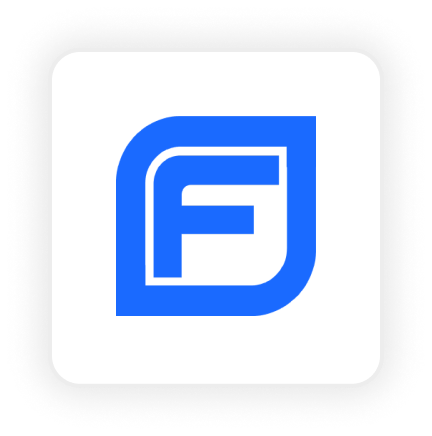
Fortify Static Code Analyser
5th Easiest To Use in Static Application Security Testing (SAST) software
Fortify is another solution that offers an array of features to fortify code security. With build tools, IDE security notifications, bug tracking, and code repository scanning, it caters to diverse needs in the development lifecycle.
Pros

Fortify integrates seamlessly with a variety of development tools, fostering a cohesive development and security environment.

The inclusion of gamified training encourages developers to adopt secure coding practices, enhancing the overall security culture.
Cons

The depth of features in Fortify may present a learning curve for new users, impacting the speed of adoption.

The feature set may come with a higher cost, which could be a consideration for smaller teams or organizations with budget constraints.

Organizations not heavily reliant on CI/CD workflows might find some features less relevant, potentially leading to underutilization.
6. Checkmarx CxSAST
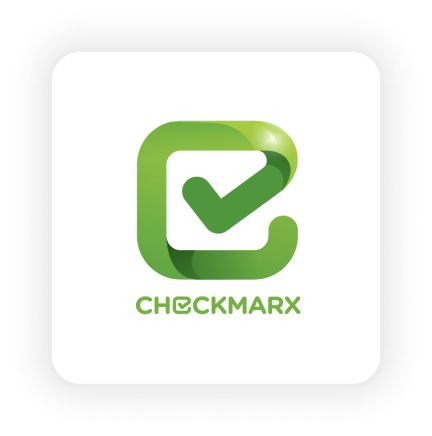
Checkmarx CxSAST
6th Easiest To Use in Static Application Security Testing (SAST) software
Checkmarx CxSAST stands out as a dynamic static code analyzer, specializing in identifying source code errors, security lapses, and compliance issues without the need for code compilation. It constructs a logical code graph, employing preconfigured queries to pinpoint security vulnerabilities and business logic problems.
Pros

The non-compilation-based analysis eliminates the need for code build or compilation, streamlining the scanning process.

Seamless integration with popular IDEs enhances the user experience, facilitating efficient code analysis within developers' familiar environments.
Cons

The depth of features in CxSAST may pose a learning curve for new users.

The robust feature set may come with a higher cost, which could be a consideration for smaller teams or organizations with budget constraints.

While offering extensive integration, configuring multiple tools might introduce complexity for some users.
7. Snyk
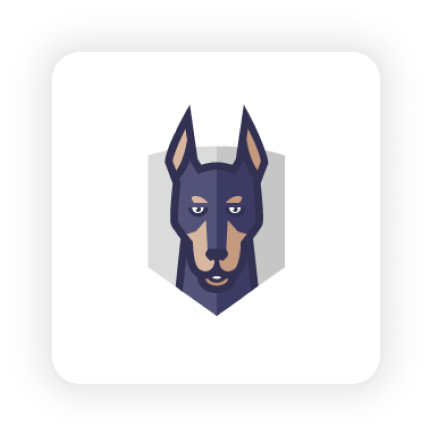
Snyk
7th Easiest To Use in Static Application Security Testing (SAST) software
Snyk is a developer-centric security tool, crafted to seamlessly integrate into existing workflows. This platform is dedicated to comprehensive code security, leveraging data from diverse sources, including public repositories, the developer community, proprietary research, and machine learning. Snyk’s human-in-the-loop AI ensures swift identification and resolution of application vulnerabilities, promoting a proactive approach to secure coding.
Pros

Snyk's approach covers the entire code base, addressing proprietary and open-source components, containers, and cloud infrastructure.

The platform's proprietary engine offers immediate suggestions for improving and securing code development, fostering proactive vulnerability management.
Cons

The depth of features in Snyk may pose a learning curve for new users.

While compatible with various tools and environments, configuring multiple integrations might introduce complexity for some users.
8. Mend SAST

Mend SAST
8th Easiest To Use in Static Application Security Testing (SAST) software
Mend SAST, formerly known as WhiteSource, stands as a dynamic solution enabling DevOps teams to conduct in-depth security analyses of application source code without compromising speed. With a focus on alleviating the burden of application security, Mend SAST facilitates the production of high-quality and secure code by developers.
Pros

Ideal for enterprise applications, catering to the security needs of complex and large-scale software projects.

Provides built-in data governance, supporting a variety of infrastructural needs, including on-premise, cloud, or hybrid solutions.

Highlights specific code changes required to address flaws in the code, streamlining the remediation process.
Cons

Teams edition requires a minimum of 20 developers per year, potentially limiting usability for smaller teams.

The Enterprise edition is designed for a minimum of 40 developers per year, with pricing starting at $32,000, which might be substantial for smaller enterprises.

New users may face difficulties, especially regarding the specific features and capabilities of Mend SAST.
9. Codiga
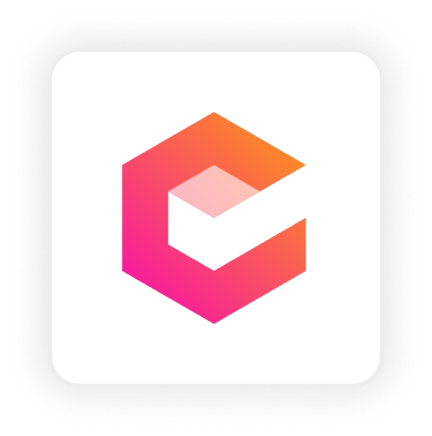
Codiga
9th Easiest To Use in Static Application Security Testing (SAST) software
Codiga emerges as a highly scalable Static Analysis (SAST) tool, prioritizing faster code development by enabling the early detection of quality defects. Embracing the left-shift coding philosophy, it empowers DevSecOps and QA teams to identify issues early in the software development cycle, automating code reviews with context-based suggestions.
Pros

Identifies vulnerabilities and coding problems during pull requests, addressing issues like code duplicates and outdated dependencies.

Enhances productivity for developers working on multiple computers and platforms.

Offers source code scanning, workflow management, quality assurance, application security, and collaboration tools and serves as a continuous integration tool for CI pipelines.
Cons

The Teams tier, priced at $14/month for software engineering teams, may incur costs for larger teams.

The abundance of features may overwhelm users seeking a more streamlined solution.

Integration into existing workflows may require thorough consideration of compatibility and dependencies.
10. GitLab
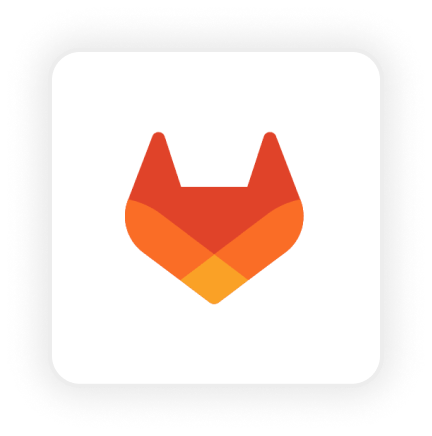
GitLab
10th Easiest To Use in Static Application Security Testing (SAST) software
GitLab stands as a versatile platform, empowering users to construct modern applications and expedite digital transformation through automated processes that facilitate swift code delivery. Beyond serving as a code repository and version control tool, GitLab integrates built-in DevOps workflows, including continuous integration and continuous delivery (CI/CD) pipelines.
Pros

Offers a comprehensive solution with the code repository, version control, and integrated DevOps workflows.

Streamlines development with built-in CI/CD pipelines, enhancing collaboration and reducing cycle time.

Free for individual users, providing essential tools without financial constraints.

The Premium edition, priced at $19/user/month, targets enhanced team productivity and coordination.

The Ultimate tier, at $99/user/month, caters to organization-wide needs, focusing on security, planning, and compliance.
Cons

The breadth of features may pose a challenge for new users seeking a more straightforward solution.

Users looking for a minimalistic solution may find the abundance of features overwhelming.

Integrating GitLab into existing workflows requires careful consideration of compatibility and potential disruptions.

Achieving widespread adoption across an organization may require dedicated efforts and training.
SAST Solution Comparison
Tools | Focus Area | Key Features | Pricing |
CloudDefe.AI | Cloud Security |
| Cost-effective compared to others. Contact for Pricing. FREE Demo Available as well. |
GitHub | Code Collaboration, Security |
| $$ |
SonarQube | Code Quality and Security Analysis |
| $$$ |
Veracode | Comprehensive Application Security |
| $$$ |
Fortify Static Code Analyser | Secure Coding and Code Analysis |
| $$$$ |
Checkmarx CxSAST | Static Code Analysis and Vulnerability Management |
| $$$$ |
Snyk | Developer-Centric Security |
| $$$$$ |
Mend SAST | Static Analysis, Automated Remediation |
| $$$$$ |
Codiga | Static Analysis, Automated Code Review |
| $$ |
GitLab | Code Collaboration, DevOps |
| $$$$ |
Please note that pricing information is subject to change, and it’s recommended to check with the respective companies for the most up-to-date pricing details.
FAQs
What is SAST Security?
SAST is a security approach that analyzes your application's source code or binaries without running the program. It helps find vulnerabilities early in the development process, before the code even gets to production.
What is DAST and SAST?
DAST and SAST are two key methods for finding security flaws. SAST looks at your code or binaries to catch issues early in development. DAST tests the running application to identify vulnerabilities from an external perspective. Together, they provide a comprehensive security check throughout your development lifecycle.
What is the difference Between SAST and SCA?
SAST and SCA are both important for keeping your software secure, but they tackle different problems. SAST dives into your source code or binaries to spot vulnerabilities before your application even runs. It helps you fix issues in your own code early on.
On the other hand, SCA focuses on the third-party libraries and components your application uses. It checks these external pieces for known vulnerabilities and ensures you're compliant with their licenses. So, while SAST is all about improving your own code, SCA helps manage risks from the outside elements your software relies on.
Conclusion
To wrap up, incorporating SAST tools into your security strategy is a game-changer for any DevSecOps initiative. These tools help catch vulnerabilities early, ensuring your software is secure from the get-go. Among the best options available, CloudDefense.AI’s DevSecOps tool suite with SAST solution really shines, providing a seamless approach to vulnerability management and enhancing security at every stage of development. By choosing the right SAST tool, you’re not just protecting your code—you’re paving the way for a safer, more resilient future in 2025 and beyond.


